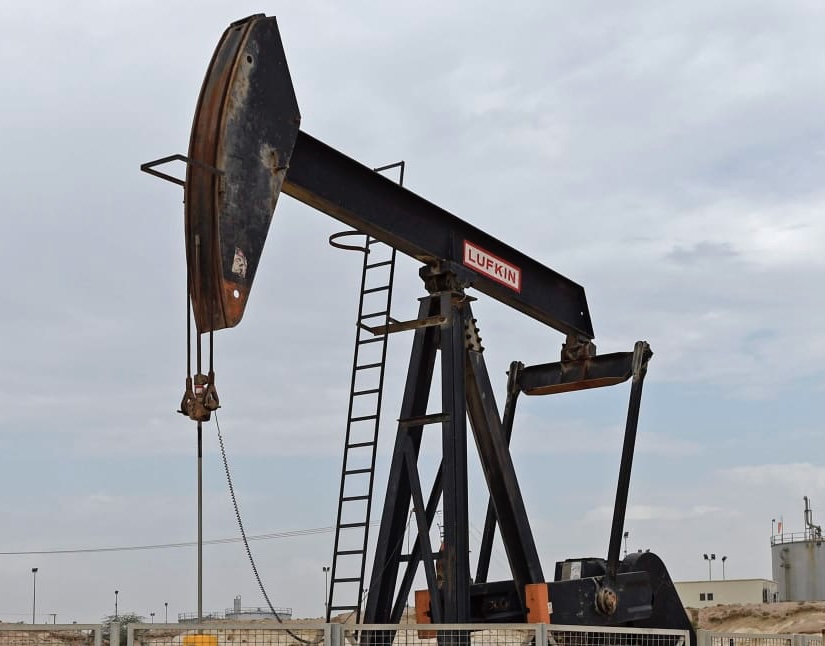KEY POINTS
- Oil prices dropped over 1% due to trade and geopolitical risks.
- Tariff concerns have shaken investor confidence in global demand growth.
- OPEC reports increased crude output, adding pressure on oil markets.
Oil prices fell more than 1% on Thursday as investors assessed the possible impact of increasing trade tensions and uncertainties around a proposed U.S.-brokered Russia-Ukraine truce.
Oil prices fall as global demand outlook weakens
Brent crude futures finished down $1.07, or 1.5%, at $69.88 a barrel. U.S. West Texas Intermediate crude slid $1.13, or 1.7%, to $66.55 per barrel.
The International Energy Agency (IEA) estimated that global oil supply could surpass demand by around 600,000 barrels per day this year. The agency also decreased its global oil demand growth prediction by 70,000 barrels per day to 1.03 million barrels per day, citing poor macroeconomic conditions and growing trade tensions.
On Thursday, U.S. President Donald Trump threatened to put a 200% tariff on European alcohol imports, including wine and cognac, increasing concerns over a future trade war. Investors worry that increased trade obstacles could harm consumer confidence and global demand.
“Trade tensions are creating a push-pull dynamic in the market,” said Phil Flynn, senior analyst at Price Futures Group. “We see bullish supply and demand fundamentals, but tariffs are clouding the outlook.”
According to Reuters, Andrew Lipow, president of Lipow Oil Associates, said the market is factoring in the risk that tariffs and retaliatory measures could ultimately slow consumer spending, impacting oil demand growth in 2025.
Meanwhile, Russian President Vladimir Putin said Moscow had agreed in principle to U.S. ceasefire proposals but insisted that any agreement must lead to lasting peace and address the root causes of the conflict.
Russia-Ukraine ceasefire talks fail to ease supply concerns
Giovanni Staunovo, a UBS analyst, was not convinced that a ceasefire would greatly expand the supply of Russian oil, even though it was a possibility.
Citing Trump’s calls for lower oil prices, Citi analysts predict that Brent crude will average $60 per barrel in the second half of 2025.
The Organization of the Petroleum Exporting Countries (OPEC) reported on Wednesday that Kazakhstan was the main driver of the notable increase in February crude output. The team is getting ready to reverse previous output reductions while attempting to enforce production targets.
Oil markets were further pressured by worries about the weak demand for jet fuel. JP Morgan analysts noted that after February’s static traffic, U.S. Transportation Security Administration statistics for March revealed a 5% year-over-year decline in passenger volumes.
Nonetheless, the researchers pointed out that as of March 11, the average daily demand for oil worldwide was 102.2 million barrels, increasing 1.7 million barrels annually and surpassing forecasts by 60,000 barrels per day.



